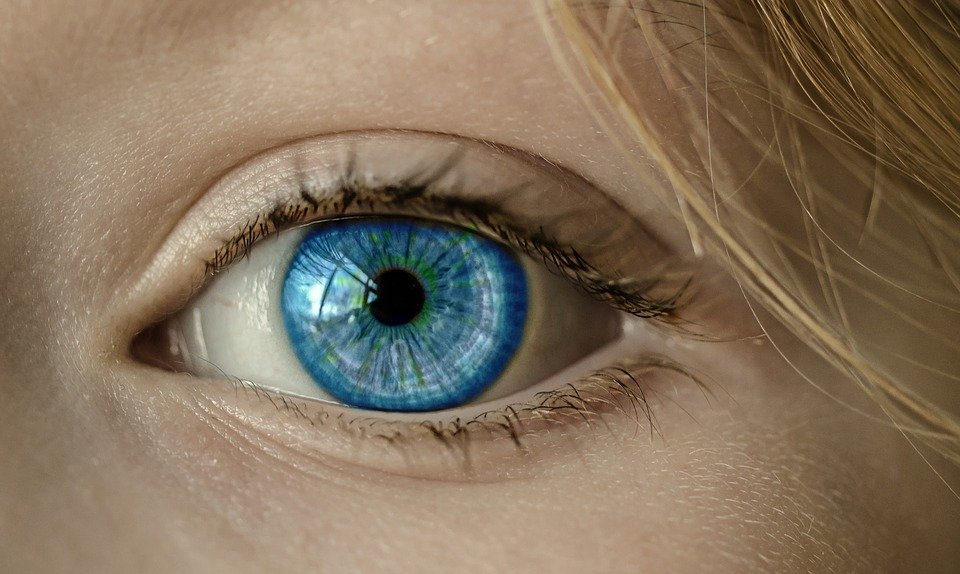First synthetic retina for the visually impaired created
May 05, 2017 | Friday | News
Vanessa Restrepo-Schild led the team in the development of a new synthetic, double layered retina which closely mimics the natural human retinal process.
A synthetic, soft tissue retina developed by an Oxford University student could offer fresh hope to visually impaired people.
Until now, all artificial retinal research has used only rigid, hard materials. The new research, by Vanessa Restrepo-Schild, a 24 year old Dphil student and researcher at the Oxford University, Department of Chemistry, is the first to successfully use biological, synthetic tissues, developed in a laboratory environment. The study could revolutionise the bionic implant industry and the development of new, less invasive technologies that more closely resemble human body tissues, helping to treat degenerative eye conditions such as retinitis pigmentosa.
Vanessa Restrepo-Schild led the team in the development of a new synthetic, double layered retina which closely mimics the natural human retinal process. The retina replica consists of soft water droplets (hydrogels) and biological cell membrane proteins. Designed like a camera, the cells act as pixels, detecting and reacting to light to create a grey scale image. The synthetic material can generate electrical signals, which stimulate the neurons at the back of the eye just like the original retina.
Although at present the synthetic retina has only been tested in laboratory conditions, Restrepo-Schild is keen to build on her initial work and explore potential uses with living tissues. This next step is vital in demonstrating how the material performs as a bionic implant.
Restrepo-Schild has filed a patent for the technology and the next phase of the work will see the Oxford team expand the replica's function to include recognising different colours. Working with a much larger replica, the team will test the material's ability to recognise different colours and potentially even shapes and symbols. Looking further ahead the research will expand to include animal testing and then a series of clinical trials in humans.










